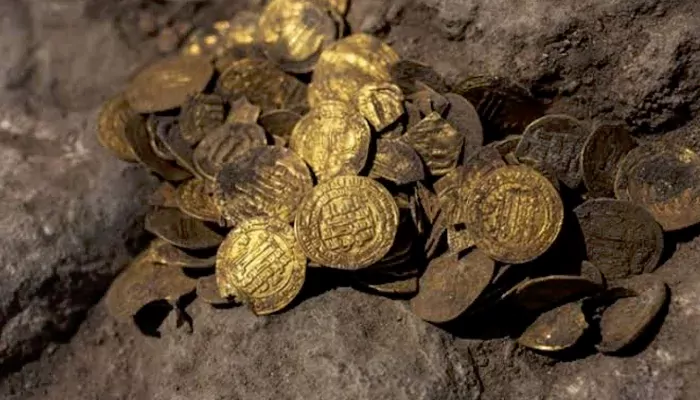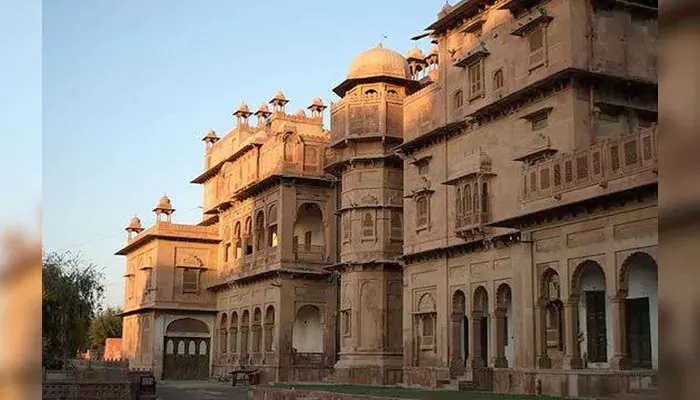
A royal rain of gold that would make even Bollywood jealous.
You’ve heard of showering flowers at weddings, bursting confetti at concerts, and even throwing rice at newlyweds. But what if I told you there was a place in India where celebrations were so grand, they made it rain gold coins?
Welcome to the dazzling tradition of Junagarh Fort in Bikaner, Rajasthan, a place where history didn’t just shine, it glittered.
During grand royal occasions like victories in battle, weddings of princes, or Diwali festival, the rulers of Bikaner didn’t just light lamps or beat drums. They climbed to the fort’s high balconies and showered the crowd below with real gold coins.
Picture this: the desert sun catching the shine of falling gold, children scrambling with joy, and merchants stuffing their turbans with the glistening prize. Forget Instagram reels; this was the kind of moment people would tell their grandchildren about.

(Junagarh Fort)
Gold wasn’t just about wealth, it was a royal statement. In Rajputana culture, generosity was a sign of true kingship. By distributing gold, the Maharajas showed they weren’t just rich, they were magnanimous, benevolent, and larger-than-life.
It wasn’t about giving away spare change. It was about creating a spectacle so unforgettable that their reign would be etched in both stone and story.
While Junagarh’s celebrations are legendary, this wasn’t an isolated tradition.
The Nizams of Hyderabad often gifted gold and jewels to their people during special occasions.
In Mewar, silver coins were thrown from palace terraces during Holi.
And let’s not forget the Kanak Varsha (golden rain) legends from ancient Tamil kingdoms.
Clearly, India didn’t just have a history, it had a sparkling one.

(Gold coin from Mughal Era)
If you visit Junagarh Fort today, you won’t get showered with gold coins (sadly, inflation and security concerns have ended the tradition). But you can walk through the same courtyards where these golden rains took place.
The fort’s Anup Mahal, with its gold leaf work and mirrored ceilings, almost whispers the stories of these glittering festivities. Guides love to narrate the moment when hundreds of hands reached for falling coins under the desert sky.
You might be wondering: “How on earth could they afford to just throw away gold?” Well, the answer lies in the immense wealth of these kingdoms. Taxes from trade caravans, tributes from allies, and treasure from conquests filled the royal coffers.
For a king, tossing a few kilograms of gold into the crowd wasn’t reckless, it was political theatre. It won loyalty, inspired awe, and made sure no one forgot who sat on the throne.
(Credit: Instagram)
Today, our grand gestures are limited to laser shows, fireworks, and viral hashtags. But the gold coin showers of Rajasthan remind us of a time when celebration meant creating stories that would live for centuries.
Sure, it’s not practical to throw gold today (unless you’re an eccentric billionaire), but the idea of sharing joy so generously? That’s a tradition worth reviving - maybe with sweets, food, or even acts of kindness.
The gold coin showers may have stopped, but their sparkle still lives on, in the walls of the fort, in the stories of Bikaner’s elders, and in the imagination of every visitor.
Next time you visit Rajasthan, stand in Junagarh’s courtyard, close your eyes, and imagine the chime of coins hitting stone. You might just hear the echo of a golden past.